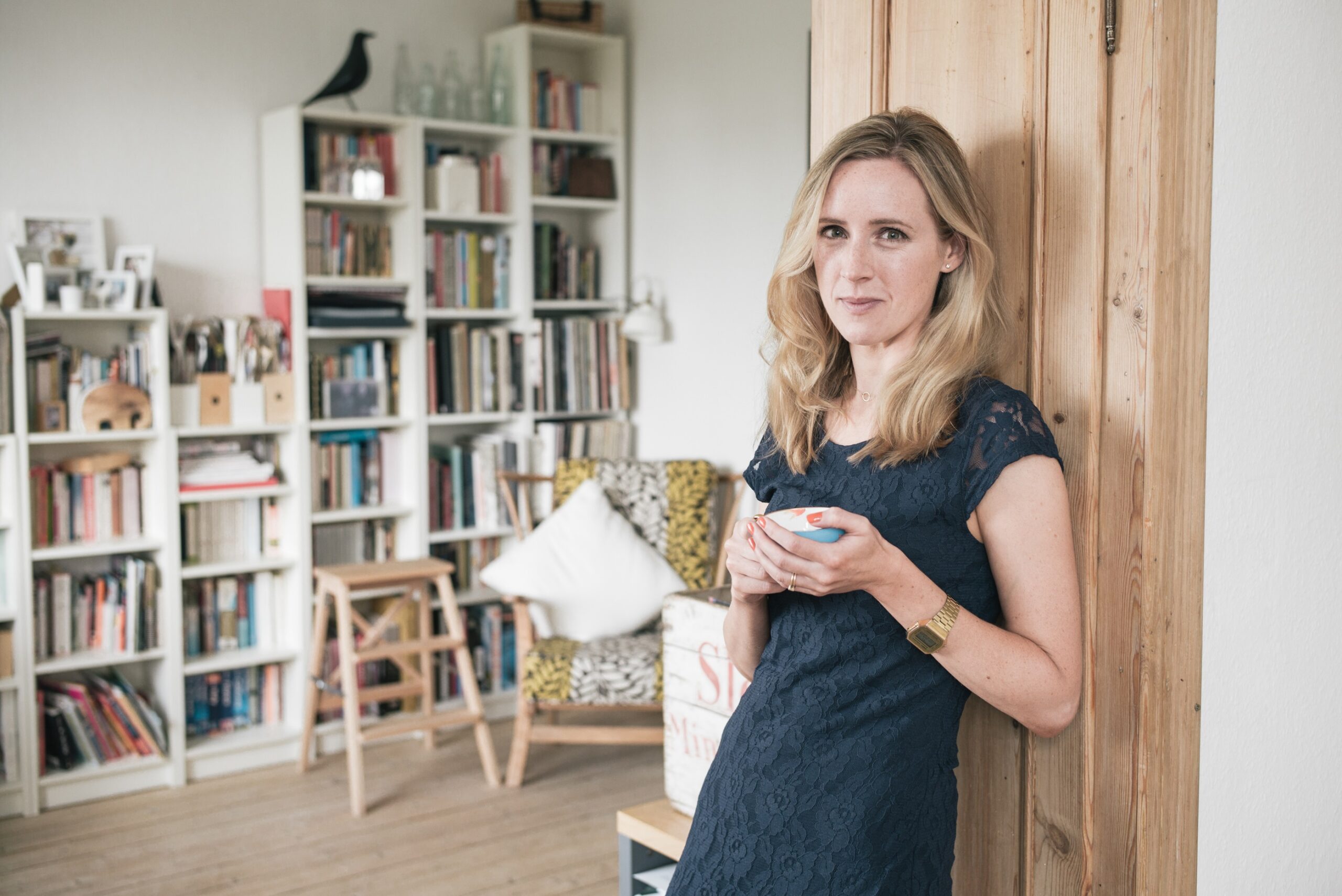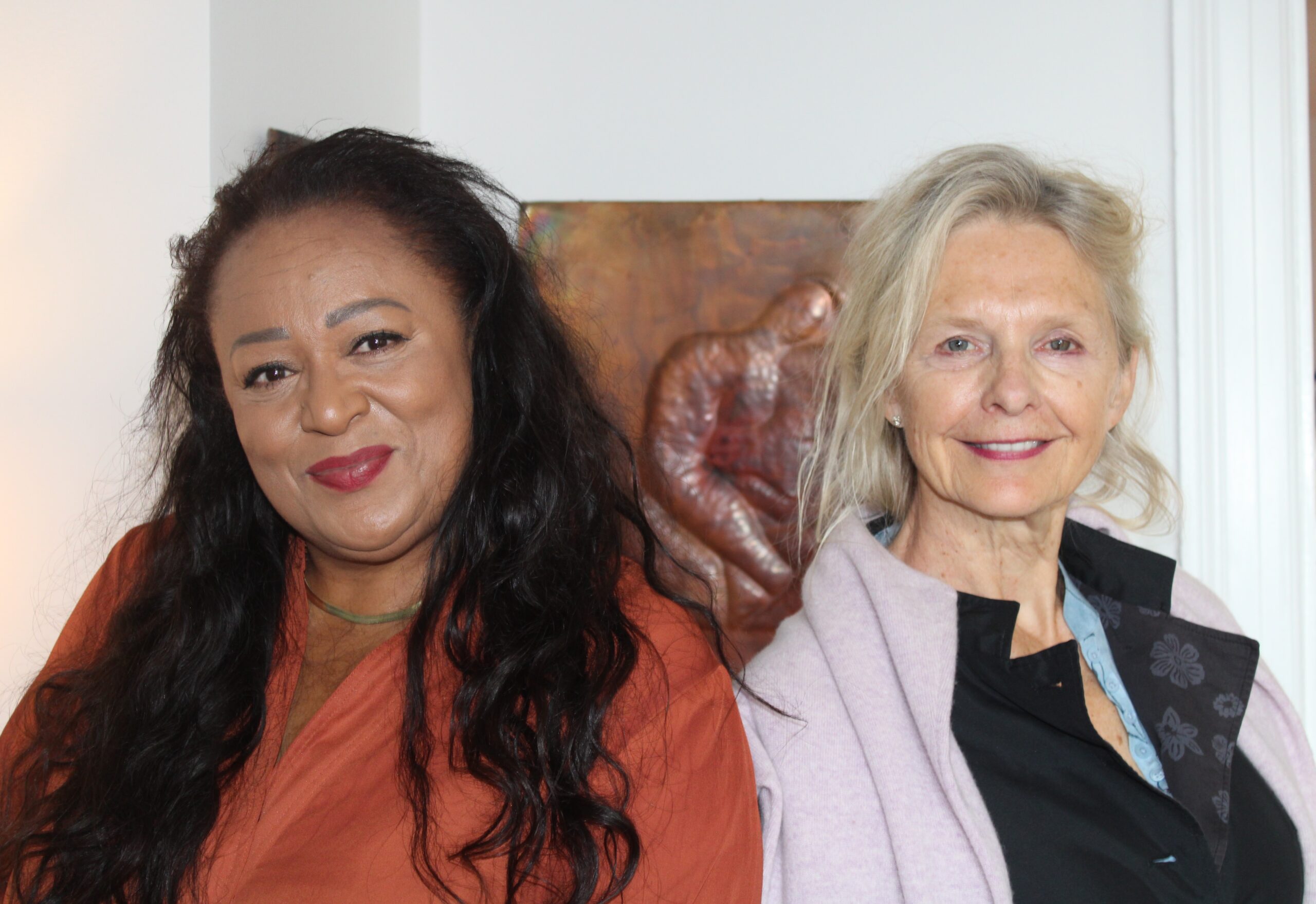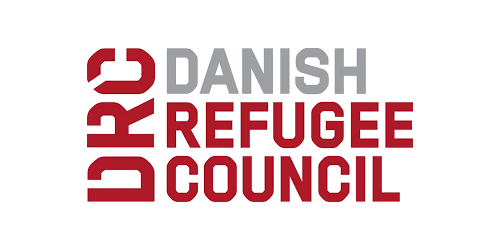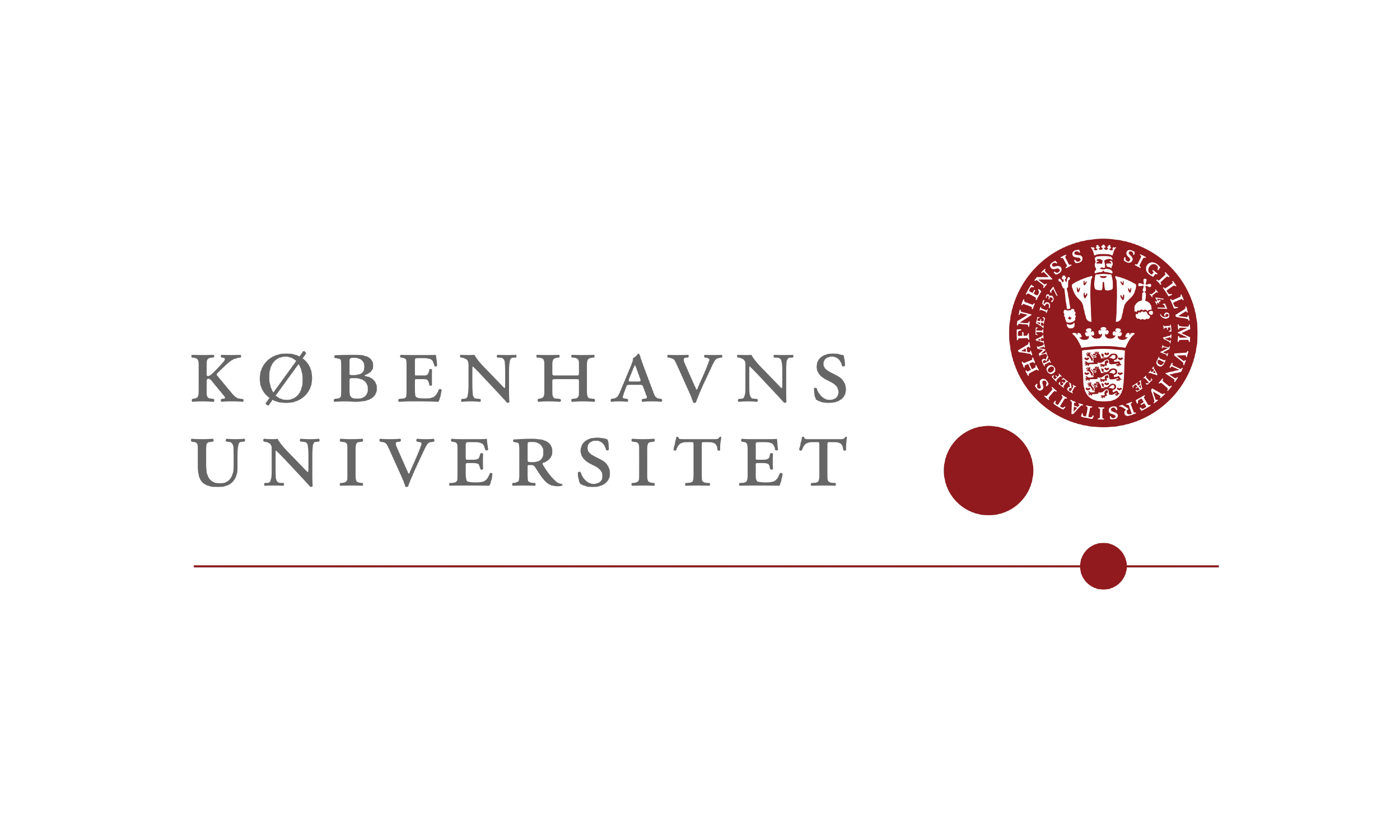Danish fourth graders improved 13 places in the most recent Progress in International Reading Literacy Study (PIRLS), which found Denmark had jumped from 18th place in 2006 to a tie for fifth place overall in the most recent 2011 study, released yesterday.
Fourth graders also scored high on the Trends in International Mathematics and Science Study (TIMSS), which ranked students eighth internationally for their comprehension of mathematics and science.
The two studies, carried out every five years, come at an inconvenient time for the government, which last week unveiled a school reform that would see students spending more time in school, while also increasing the number of hours teachers spend in the classroom.
The findings have given opponents of the reform new ammunition.
“There has been a lot of discussion about whether students should spend 37 hours a week in school,” Anders Bondo Christensen, the head of teachers' union DLF, told Politiken newspaper. “Maybe we need to do something else entirely if we want to improve student performance. These studies appear to be giving a clear indication of that.”
He commended teachers for the results.
“Despite budget cuts, these results show that teachers have still managed to deliver high-quality education.”
But the TIMSS and PIRLS results also show that teachers might not be faring as well as their students.
Some 23 percent teachers said disruptive students significantly hindered their ability to teach, and 62 percent said they accepted disruptive behaviour as a natural part of the classroom.















